

Articles
How Do You Get Rid Of Chipmunks In Your Attic
Modified: January 6, 2024
Looking for articles on how to get rid of chipmunks in your attic? Discover effective methods and tips to eliminate these pesky critters once and for all.
(Many of the links in this article redirect to a specific reviewed product. Your purchase of these products through affiliate links helps to generate commission for Storables.com, at no extra cost. Learn more)
Introduction
Having a chipmunk infestation in your attic can be a frustrating and disruptive problem. These small, agile creatures can cause damage to your property, create noise disturbances, and even pose health risks. Dealing with chipmunks in the attic requires a proactive approach to ensure that they are safely and effectively removed.
In this article, we will explore the signs of chipmunk infestation in the attic, understand chipmunk behavior and habits, assess the damage caused by chipmunks, and discuss various prevention and removal methods. By following the advice provided here, you can regain control of your attic space and protect your home from further chipmunk intrusion.
Before we dive into the different methods, it is important to understand that chipmunks are small, squirrel-like rodents known for their burrowing and constant need to store food. While they are generally harmless, they can become a nuisance when they invade your attic.
Keep in mind that addressing a chipmunk infestation requires patience and persistence. It is essential to approach this problem with a combination of prevention, humane removal methods, and in some cases, professional assistance. With that in mind, let’s explore the signs of chipmunk activity in the attic, so you know what to look out for.
Key Takeaways:
- Proactive prevention, humane removal, and thorough cleaning are essential to effectively deal with chipmunk infestations in your attic. Understanding chipmunk behavior and habits is crucial for devising successful removal and prevention strategies.
- If non-lethal methods fail, consider professional assistance for severe infestations, repeated occurrences, structural damage, health risks, or legal considerations. Implementing preventative measures is key to long-term chipmunk control.
Signs of Chipmunk Infestation in the Attic
Detecting a chipmunk infestation in your attic early on is crucial to prevent further damage and health hazards. Here are some signs to watch out for:
- Noise: Chipmunks are active creatures and can create a lot of noise when scurrying around in your attic. You might hear scratching, squeaking, or running sounds during the daytime, as they are diurnal animals.
- Chewed Wires and Wood: Chipmunks have teeth that are constantly growing, so they will gnaw on electrical wires, wooden beams, insulation, and other materials to keep their teeth in check. Look for signs of chewed wires, wood chips, or gnaw marks in your attic.
- Droppings: Chipmunk droppings resemble small, cylindrical pellets and are typically found near their nesting areas or feeding spots. Look for these droppings, which are often concentrated in specific areas.
- Food Storage: Chipmunks are known for their habit of hoarding food. If you find a stash of seeds, nuts, or other food items in your attic, it is a clear indication of chipmunk activity.
- Nests: Chipmunks build nests using shredded paper, twigs, and other materials. Look for small, intricate nests hidden in corners, insulation, or other secluded areas of your attic.
If you come across any of these signs, it is important to take immediate action to prevent further damage and potential health risks associated with chipmunk infestation. Understanding chipmunk behavior and habits will help in devising effective methods for removal and prevention, which we will explore next.
Understanding Chipmunk Behavior and Habits
Before attempting to remove chipmunks from your attic, it is crucial to have a basic understanding of their behavior and habits. This knowledge will help you implement effective strategies to prevent their entry and address the root cause of the infestation.
Chipmunks are small rodents that belong to the squirrel family. They are known for their distinctive stripes, bushy tails, and agile nature. These creatures are primarily active during the daytime and are prolific burrowers.
Here are some key aspects of chipmunk behavior to keep in mind:
- Burrowing: Chipmunks are adept at digging burrows. They create complex tunnel systems underground, which can extend to your attic if there are entry points. These burrows serve as their shelter, nesting areas, and storage spaces for food.
- Food Hoarding: Chipmunks have an instinctual need to hoard food. They collect seeds, nuts, fruits, and other food items and store them in their burrows or other hiding spots. This behavior ensures their survival during winter months when food is scarce.
- Territorial Nature: Chipmunks are territorial animals and mark their territories with urine and scent glands. They will defend their nesting areas and food storage spaces from other chipmunks or intruders.
- Rapid Reproduction: Chipmunks have a high reproductive rate. They can have multiple litters in a year, with each litter consisting of several young chipmunks. This can lead to a rapid increase in their population if left unchecked.
- Climbing Abilities: Chipmunks are excellent climbers and can easily scale trees, fences, and other structures. This makes it easier for them to access your attic through openings or vulnerabilities in your home’s exterior.
By understanding these behaviors, you can develop strategies to prevent chipmunks from entering your attic and address any existing infestation effectively. In the next sections, we will explore prevention measures and removal methods to help you deal with chipmunks in your attic.
Assessing the Damage Caused by Chipmunks in the Attic
Chipmunks may seem harmless, but they can cause significant damage to your attic and property. Assessing the extent of the damage caused by chipmunks is essential to determine the necessary steps for removal and repairs. Here are some common areas where chipmunks can cause damage:
- Insulation: Chipmunks love to burrow and create nests in insulation material. They will tear and shred insulation to build cozy nests, which can result in reduced insulation efficiency and energy loss.
- Electrical Wiring: Chipmunks have a habit of chewing on various objects, including electrical wires. Damaged wires not only pose a fire hazard but also lead to costly repairs and potential electrical failures.
- Structural Damage: Chipmunks may gnaw on wooden beams, support structures, and other vulnerable areas in your attic. Over time, this can weaken the integrity of your attic structure, leading to expensive repairs and safety concerns.
- Contamination: Chipmunk presence in the attic can lead to contamination from their droppings, urine, and parasites they carry. This can pose health risks to you and your family, especially if the infestation goes unnoticed for an extended period.
- Damage to Stored Items: If you use your attic for storage, chipmunks can cause damage to boxes, furniture, and other stored items. They may chew through cardboard boxes, fabric, or other materials to access nesting materials or food sources.
Take the time to thoroughly inspect your attic for any signs of damage caused by chipmunks. Look for chewed wires, shredded insulation, gnaw marks on wood, and droppings. It is important to address these issues promptly to prevent further damage and mitigate potential health risks.
Once you have assessed the damage, you can proceed to implement prevention measures and removal methods to effectively deal with chipmunks in your attic. We will explore these strategies in the following sections.
Prevention Measures to Keep Chipmunks Out of the Attic
Preventing chipmunks from entering your attic is the first line of defense against infestations. By implementing these prevention measures, you can significantly reduce the likelihood of chipmunks taking up residence in your attic:
- Seal Entry Points: Inspect your attic and the exterior of your home for any openings or gaps that chipmunks can use to gain access. Seal these entry points with durable materials such as steel mesh, caulk, or hardware cloth.
- Trim Tree Branches: Chipmunks are excellent climbers and can use tree branches as a pathway to your attic. Trim any overhanging branches that are close to your home to limit their access to your roof.
- Secure Garbage and Food Sources: Chipmunks are attracted to easily accessible food sources. Ensure that your garbage bins are tightly sealed and keep pet food stored in airtight containers. Avoid leaving food outside that could attract chipmunks to your property.
- Keep Yard Clean: A cluttered and unkempt yard can provide hiding spots and attract chipmunks. Keep your yard well-maintained, remove debris, and trim shrubs to eliminate potential hiding places for chipmunks.
- Install Chimney Caps and Vent Covers: Chimneys and vents can provide easy access for chipmunks. Install mesh or chimney caps to prevent them from entering through these openings.
- Remove Standing Water: Chipmunks need a water source, so eliminate any standing water around your home. Fix leaks in pipes and faucets and ensure proper drainage in your yard.
- Clean Up Fallen Fruits and Seeds: Chipmunks are attracted to fallen fruits and seeds. Regularly clean up any fallen produce in your yard to discourage them from seeking food sources near your home.
- Consider Motion-Activated Devices: Install motion-activated devices such as ultrasonic devices or lights near the entry points to deter chipmunks from approaching your attic.
By implementing these prevention measures, you can create an inhospitable environment for chipmunks and make it more difficult for them to enter your attic. However, if chipmunks have already gained access, it is essential to address the issue promptly using non-lethal or lethal removal methods, which we will discuss in the following sections.
Seal all entry points to prevent chipmunks from getting into your attic. Use live traps to capture and relocate them away from your property. Keep the area clean to remove any food sources.
Read more: How To Get Rid Of Possums In Your Attic
Non-lethal Methods for Removing Chipmunks from the Attic
If you prefer to handle the chipmunk infestation in a humane manner, there are several non-lethal methods available for removing chipmunks from your attic. These methods aim to encourage the chipmunks to leave your attic without causing them harm. Here are some effective non-lethal techniques:
- One-Way Exclusion Funnel: Install a one-way exclusion funnel at the main entry point used by chipmunks. This allows them to exit the attic but prevents re-entry. Ensure that no chipmunks are trapped inside before sealing the entry point completely.
- Live Traps: Set up live traps near areas where chipmunks are active in your attic. Bait the traps with nuts or seeds, and once captured, release the chipmunks far away from your home in a suitable habitat.
- Ultrasonic Devices: Ultrasonic devices emit high-frequency sounds that are unpleasant to chipmunks. Install these devices in your attic to deter chipmunks from staying. However, it is important to note that the effectiveness of these devices may vary, and they may not work for all chipmunk infestations.
- Ammonia Soaked Rags: Place ammonia-soaked rags near chipmunk entry points or in areas they frequent. The strong odor of ammonia can discourage chipmunks from staying in your attic.
- Make Noise: Chipmunks are sensitive to noise and disturbance. Create loud noises in your attic by stomping your feet or playing loud music. This can make the environment uncomfortable for them and encourage them to leave.
- Use Natural Repellents: Certain natural repellents, such as peppermint oil, eucalyptus, or garlic, can be effective in deterring chipmunks. Soak cotton balls in these repellents and place them in areas frequented by chipmunks or near entry points.
Remember, patience is key when using non-lethal methods. It may take some time to effectively encourage the chipmunks to leave your attic. Regularly monitor the traps or exclusion devices to ensure that no chipmunks are trapped or unable to exit. Once you are confident that the chipmunks have left, you can proceed with sealing any entry points to prevent future infestations.
If your attempts to remove the chipmunks using non-lethal methods are unsuccessful or if the infestation is severe, it may be necessary to consider lethal methods or seek professional assistance, which we will discuss in the following sections.
Lethal Methods for Removing Chipmunks from the Attic
While non-lethal methods are generally preferred for chipmunk removal, there may be situations where lethal methods become necessary. It is important to approach these methods responsibly and in accordance with local laws and regulations. Here are some lethal methods that can be used to remove chipmunks from your attic:
- Snap Traps: Snap traps can be used to capture and kill chipmunks. Place the traps in areas where chipmunks are active, baited with peanut butter or nuts. Check the traps regularly and dispose of the chipmunks’ remains according to local waste management regulations.
- Poison Baits: Poison baits can be effective in eliminating chipmunks, but they should only be used as a last resort. Carefully follow the instructions provided by the manufacturer to ensure safe and responsible use. Keep in mind that using poison baits can pose risks to other wildlife and pets, so use them with caution.
- Catch-and-Release Traps: Catch-and-release traps can also be used in a lethal manner by relocating captured chipmunks to areas where they can no longer cause damage or become a nuisance. However, it is important to be aware of local regulations and ensure that releasing chipmunks in a new location is permitted.
- Professional Pest Control Services: In severe infestations or if you are uncomfortable dealing with lethal methods yourself, it may be necessary to seek professional pest control services. Pest control experts have the knowledge, experience, and tools to safely and effectively remove chipmunks from your attic.
When using lethal methods, it is important to prioritize safety and humane practices. Always follow the instructions provided by the manufacturer for traps and baits, and handle them with caution. If you are unsure or uncomfortable with using lethal methods, consider consulting with a professional for guidance and assistance.
Regardless of the method chosen, it is important to take steps to prevent future chipmunk infestations by implementing the prevention measures discussed earlier in this article. By addressing both the removal and prevention aspects, you can ensure a long-term solution to keep chipmunks out of your attic.
When to Seek Professional Help for Chipmunk InfestationDealing with a chipmunk infestation in your attic can be challenging, especially if the problem persists or becomes more severe. While many infestations can be addressed using non-lethal or lethal methods, there are circumstances in which it is best to seek professional help. Here are some situations when you should consider contacting a professional for chipmunk infestation:
- Severe Infestation: If you have a large number of chipmunks in your attic or if the infestation has spread to other areas of your home, it may be best to seek professional assistance. Pest control experts have the experience and expertise to handle severe infestations effectively.
- Repeated Infestations: If you have tried various methods to remove chipmunks from your attic but they keep returning, it may indicate underlying issues that a professional can help identify and address. They can assess your property for vulnerabilities and provide solutions to prevent future infestations.
- Structural Damage: If chipmunks have caused significant damage to your attic or other areas of your home, it is important to have a professional assess the extent of the damage. They can provide guidance on necessary repairs and address any safety concerns.
- Health Risks: If you or your family members are experiencing health issues related to the chipmunk infestation, such as allergies or respiratory problems, it is essential to consult with a professional. They can help identify and mitigate any potential health risks associated with the infestation.
- Legal Considerations: Depending on your location, there may be local laws and regulations regarding the removal and relocation of chipmunks. Professionals are familiar with these regulations and can ensure that the removal process is done in compliance with the law.
Professional pest control services have the knowledge, tools, and experience to safely and effectively handle chipmunk infestations. They can provide customized solutions based on the unique circumstances of your infestation and help you regain control of your attic.
Remember, prevention is key even after professional intervention. Work with the pest control experts to implement preventative measures to minimize the risk of future chipmunk infestations in your attic and around your property.
By recognizing these situations and seeking professional help when necessary, you can ensure a comprehensive and effective approach to resolving chipmunk infestations in your home.
Cleaning and Sanitizing the Attic after Chipmunk Removal
After successfully removing chipmunks from your attic, it is important to thoroughly clean and sanitize the area to eliminate any remaining droppings, urine, or potential health hazards. Cleaning and sanitizing the attic will not only restore the space to its original condition but will also help prevent future infestations. Here are some steps to follow when cleaning and sanitizing your attic:
- Wear Protective Gear: Before starting the cleaning process, it is crucial to wear protective gear such as gloves, a mask, and goggles. This will protect you from potential allergens and contaminants.
- Remove Debris and Nesting Materials: Start by removing any debris, shredded insulation, or leftover nesting materials that chipmunks may have left behind. Use a vacuum or gloved hands to carefully collect and dispose of these materials in sealed garbage bags.
- Disinfect the Area: Use a disinfectant or a mixture of bleach and water to thoroughly clean and disinfect the surfaces in the attic. Pay extra attention to areas that were heavily contaminated or marked by chipmunk activity.
- Inspect and Replace Damaged Insulation: Inspect the insulation for any signs of damage caused by the chipmunks. Replace or repair any insulation that has been chewed or soiled by the infestation to restore the energy efficiency of your attic.
- Eliminate Odors: Chipmunk droppings and urine can leave unpleasant odors behind. To eliminate these odors, use odor neutralizers or natural remedies like baking soda or activated charcoal in the attic. This will help freshen up the space.
- Seal Entry Points: Before finishing the cleaning process, inspect the attic for any remaining entry points that chipmunks could use to re-enter. Seal these openings using steel mesh, caulk, or other appropriate materials to prevent future infestations.
- Maintain Regular Cleaning: To minimize the risk of future infestations, it is important to maintain regular cleaning and inspections of the attic. This will help you identify and address any potential vulnerabilities or signs of chipmunk activity.
Remember, if you feel unsure or uncomfortable handling the cleaning and sanitizing process yourself, it is advisable to seek professional assistance. They have the expertise and equipment to safely and effectively sanitize your attic after chipmunk removal.
By following these steps and maintaining proper cleanliness and prevention measures, you can ensure a clean and chipmunk-free attic for years to come.
Read more: How To Get Rid Of Rodents In Your Attic
Conclusion
Dealing with chipmunks in your attic can be a challenging and frustrating problem. However, by taking a proactive approach and implementing effective prevention, removal, and cleaning measures, you can regain control of your attic and protect your home from further chipmunk infestations.
Start by recognizing the signs of chipmunk infestation in your attic, such as noise, chewed wires, droppings, and nests. Understanding chipmunk behavior and habits will help you develop strategies to prevent their entry and address the root cause of the infestation.
Implementing prevention measures, such as sealing entry points, trimming tree branches, and securing food sources, will make it more difficult for chipmunks to access your attic. Regular maintenance and cleanliness of your yard and attic will help deter chipmunks from taking up residence in your home.
If chipmunks have already made their way into your attic, consider using non-lethal methods, such as one-way exclusion funnels, live traps, ultrasonic devices, or natural repellents, to encourage them to leave. If these methods are unsuccessful or if the infestation is severe, you may need to resort to lethal methods or seek professional assistance.
After removing the chipmunks, it is important to clean and sanitize the attic to eliminate any remaining droppings or potential health hazards. Thoroughly inspect and repair any damage caused by the infestation, and maintain regular cleaning and inspections to prevent future infestations.
In conclusion, dealing with chipmunks in your attic requires a combination of prevention, removal, and maintenance measures. By being proactive and addressing the issue promptly and effectively, you can create a chipmunk-free environment and protect the integrity of your home.
Remember, if you are unsure or uncomfortable handling the situation on your own, it is wise to seek professional help. They have the knowledge, expertise, and tools to address chipmunk infestations safely and effectively.
With the right approach and persistence, you can reclaim your attic and enjoy a chipmunk-free home environment.
Frequently Asked Questions about How Do You Get Rid Of Chipmunks In Your Attic
Was this page helpful?
At Storables.com, we guarantee accurate and reliable information. Our content, validated by Expert Board Contributors, is crafted following stringent Editorial Policies. We're committed to providing you with well-researched, expert-backed insights for all your informational needs.
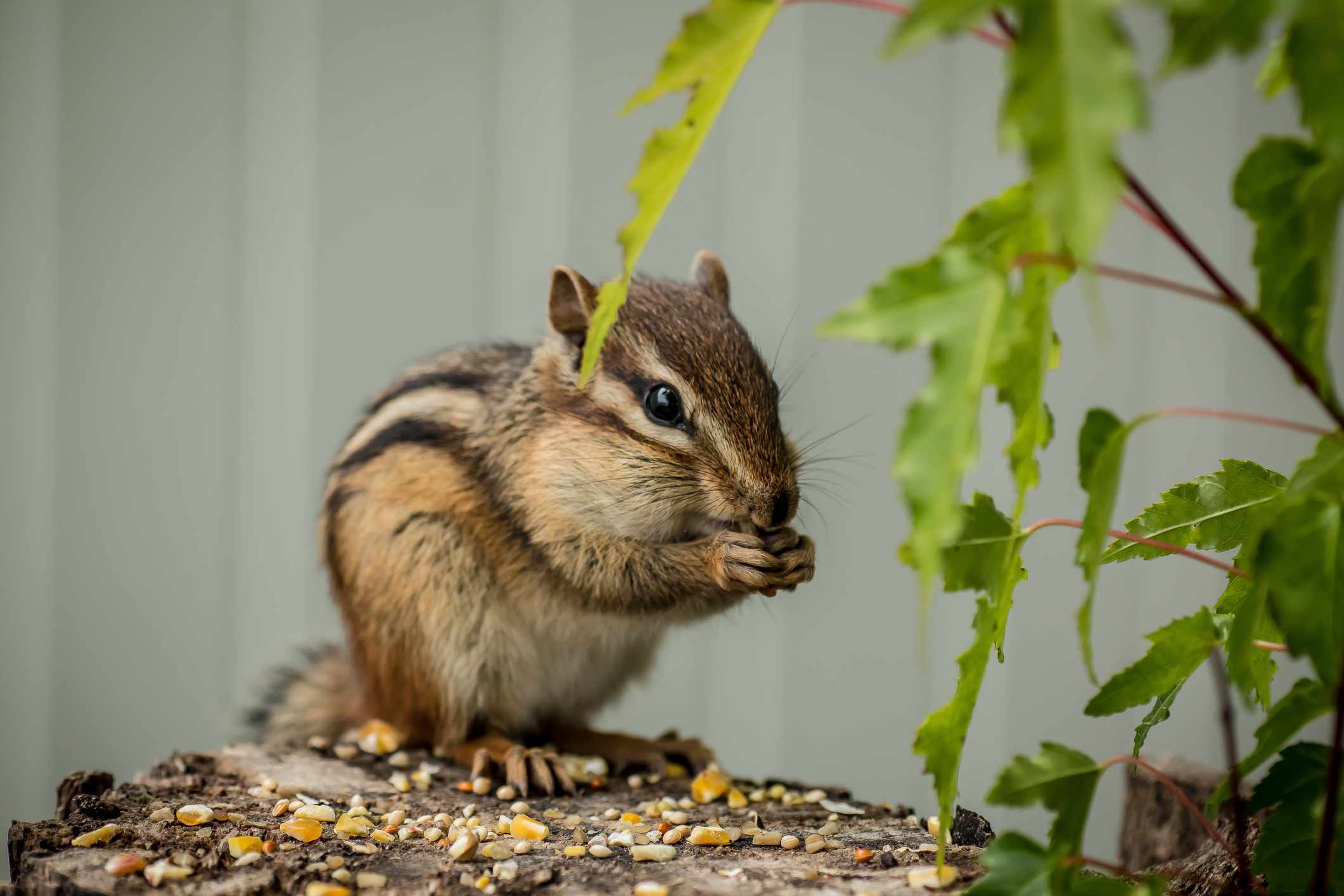
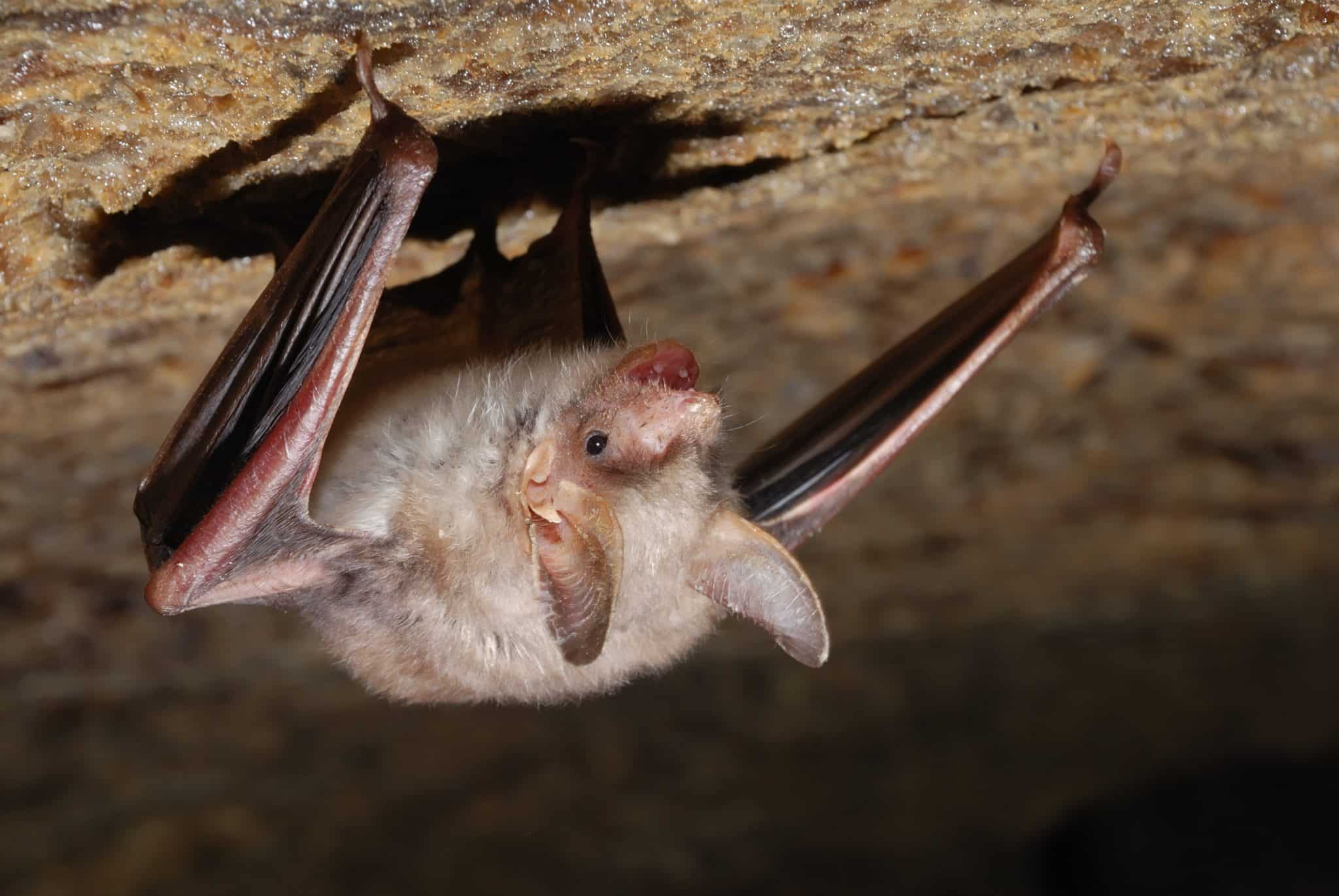
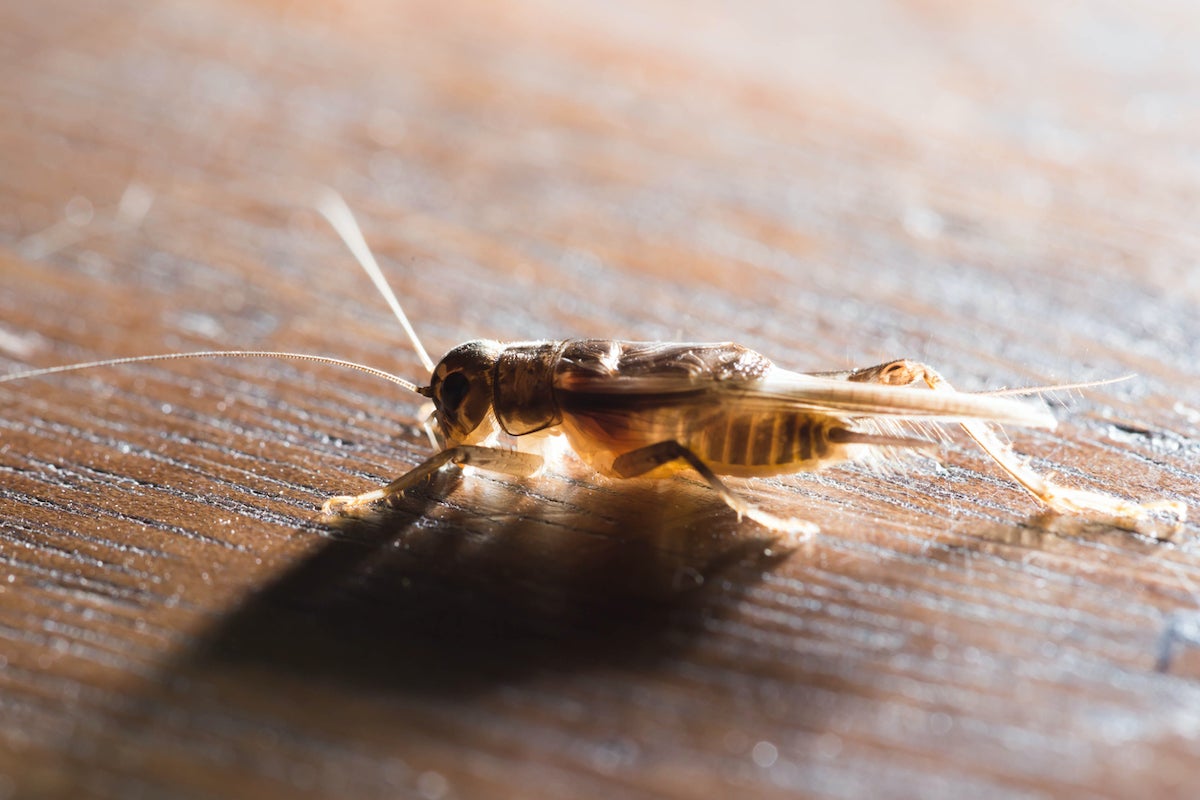

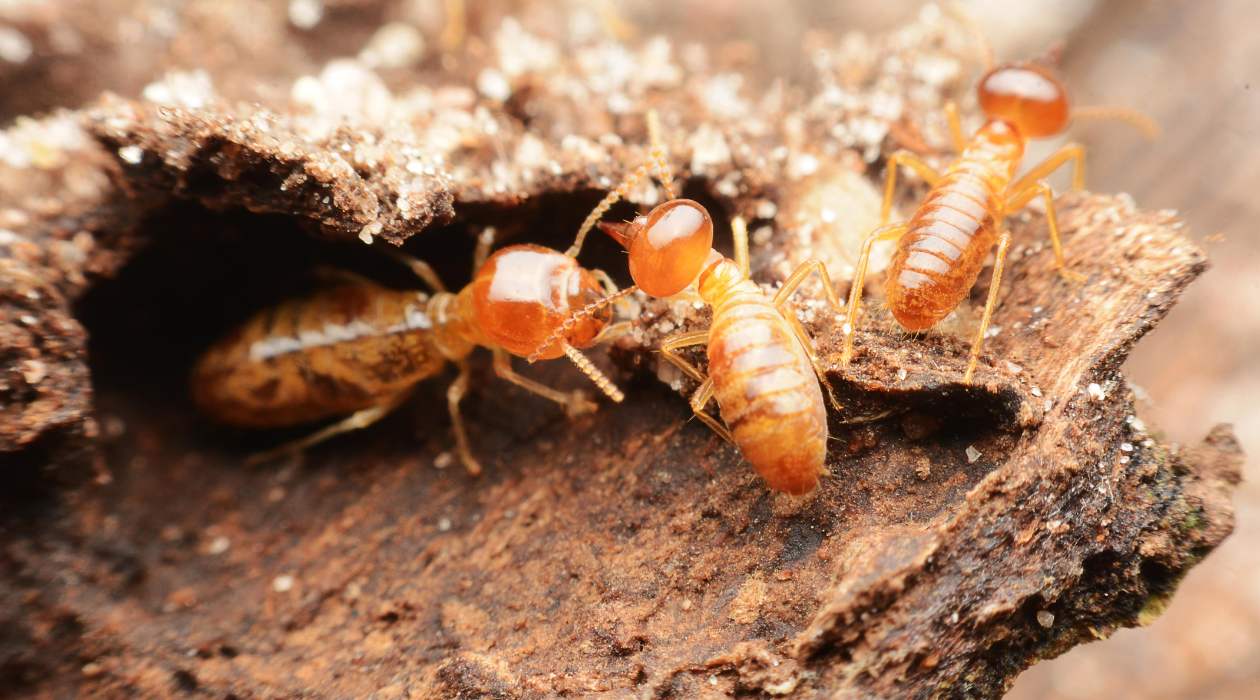
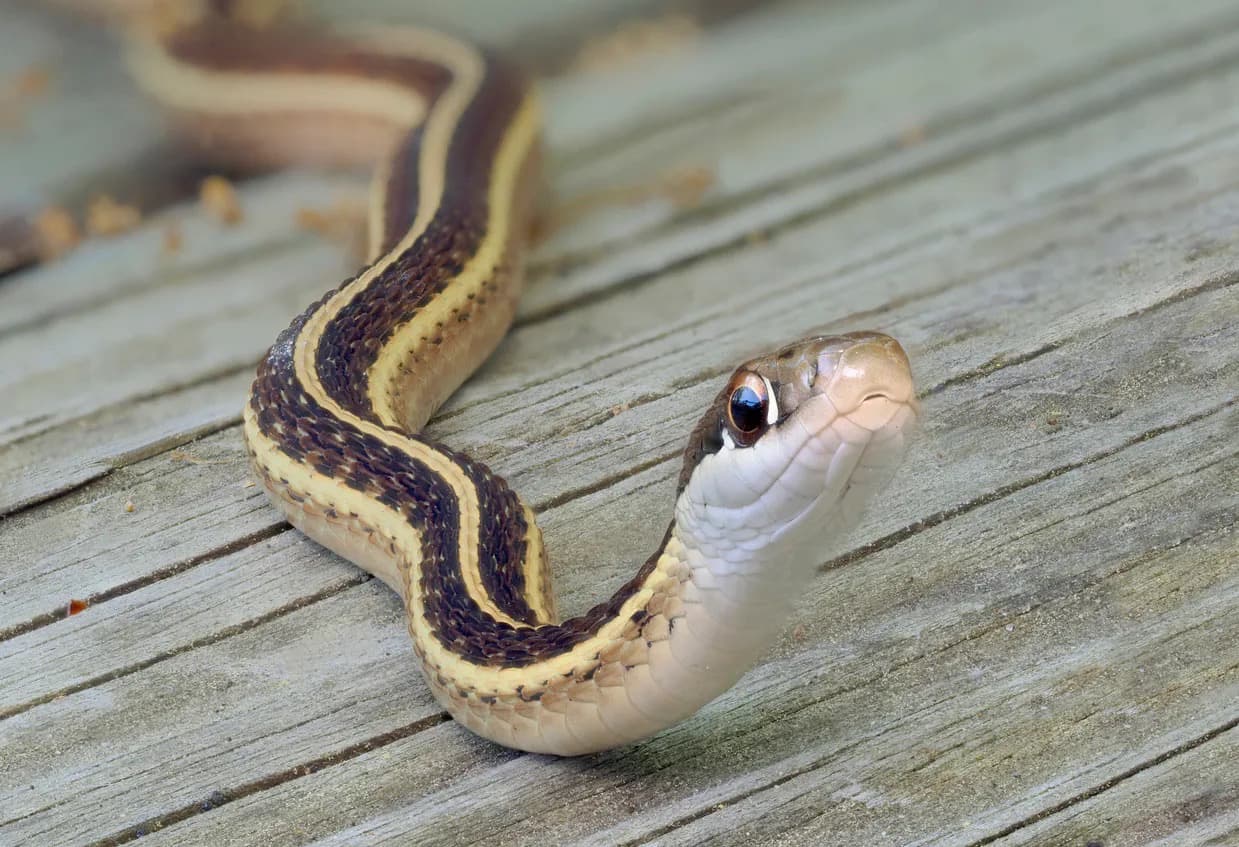
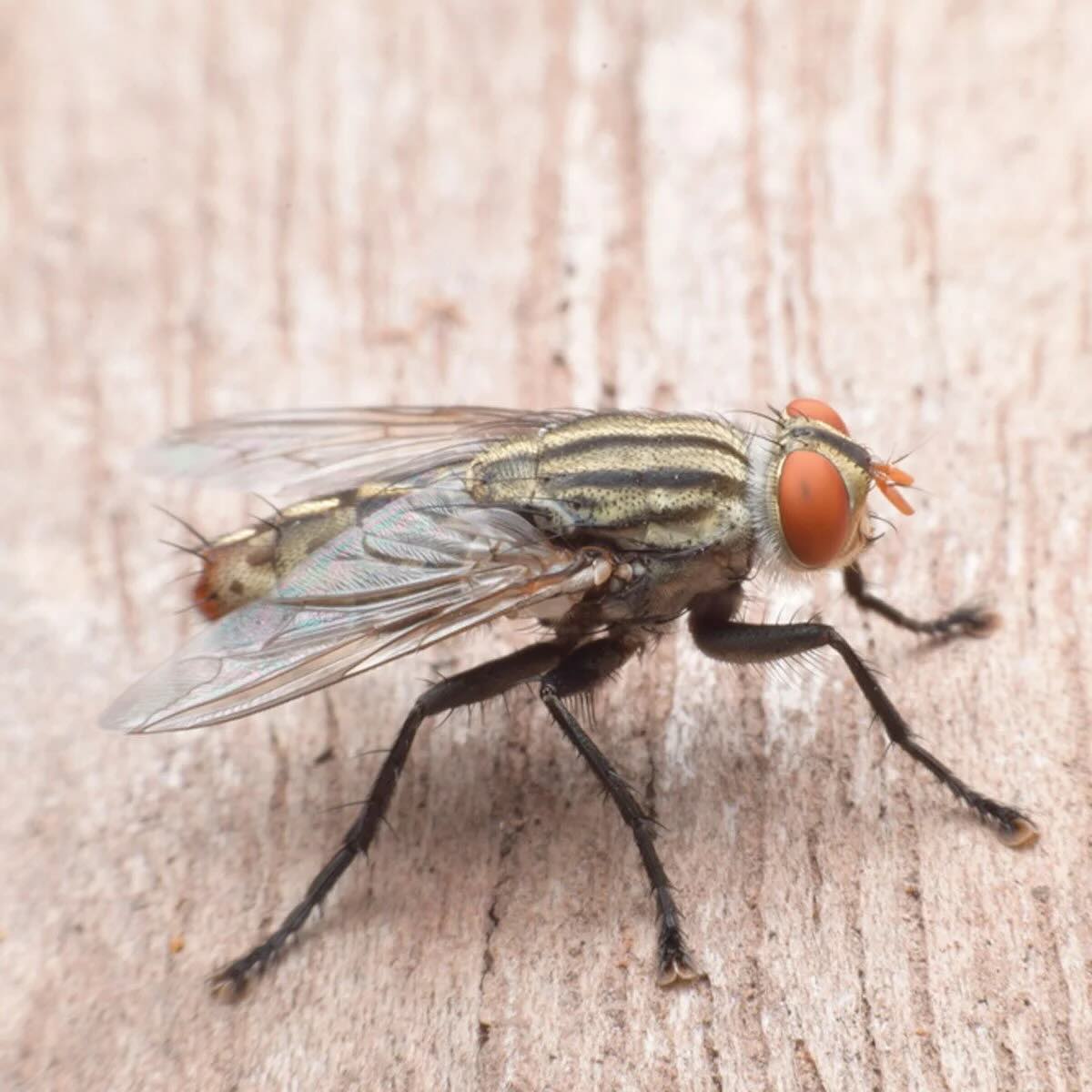
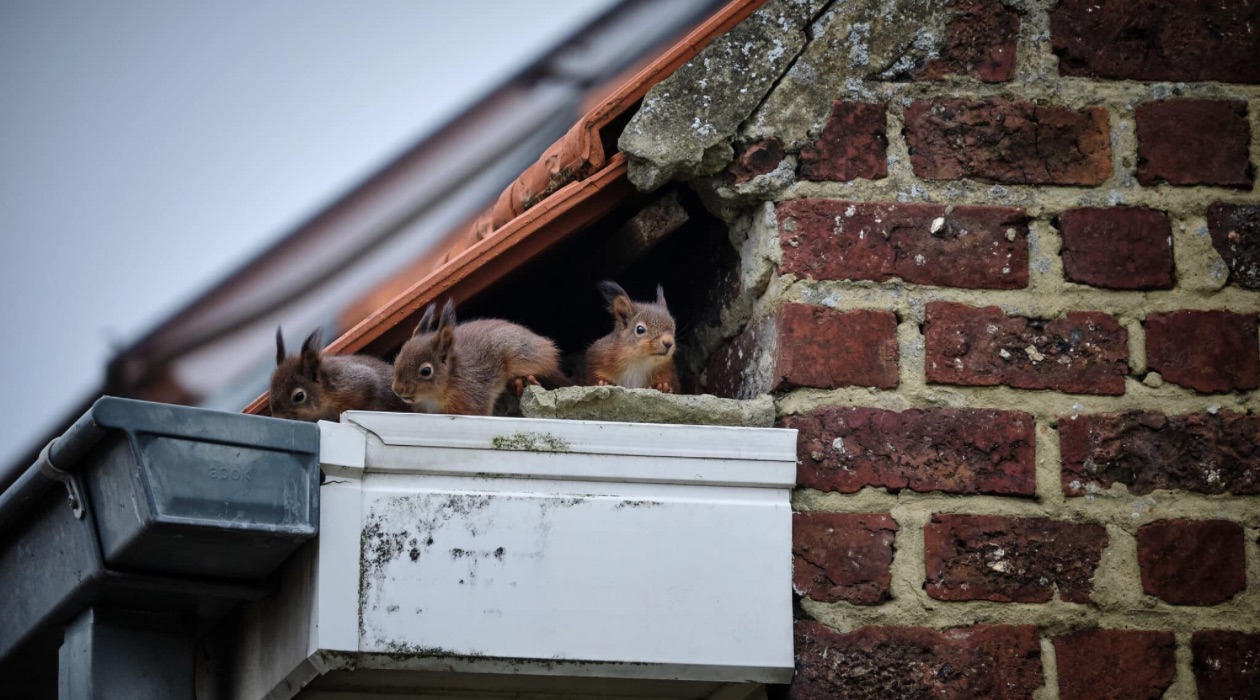
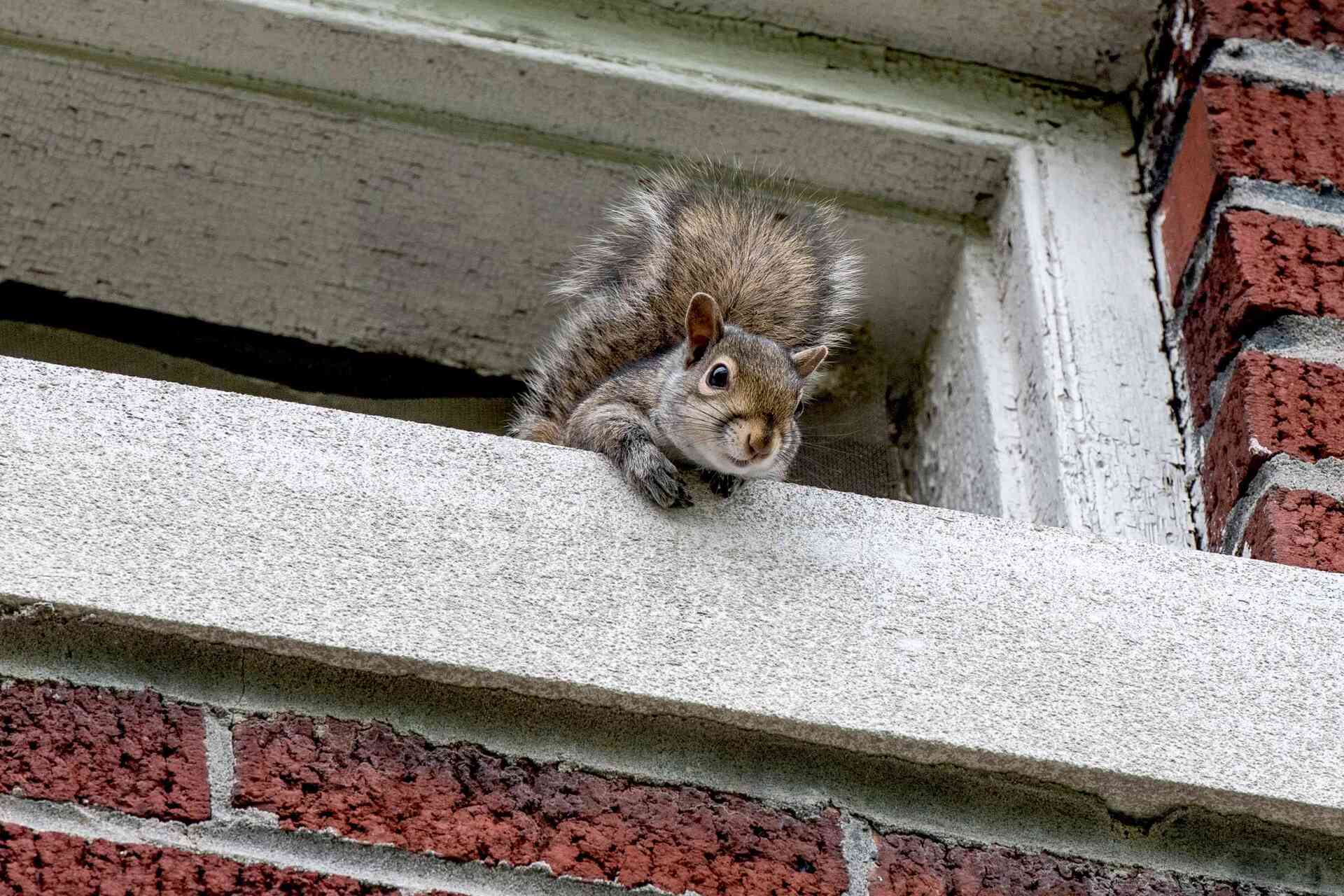
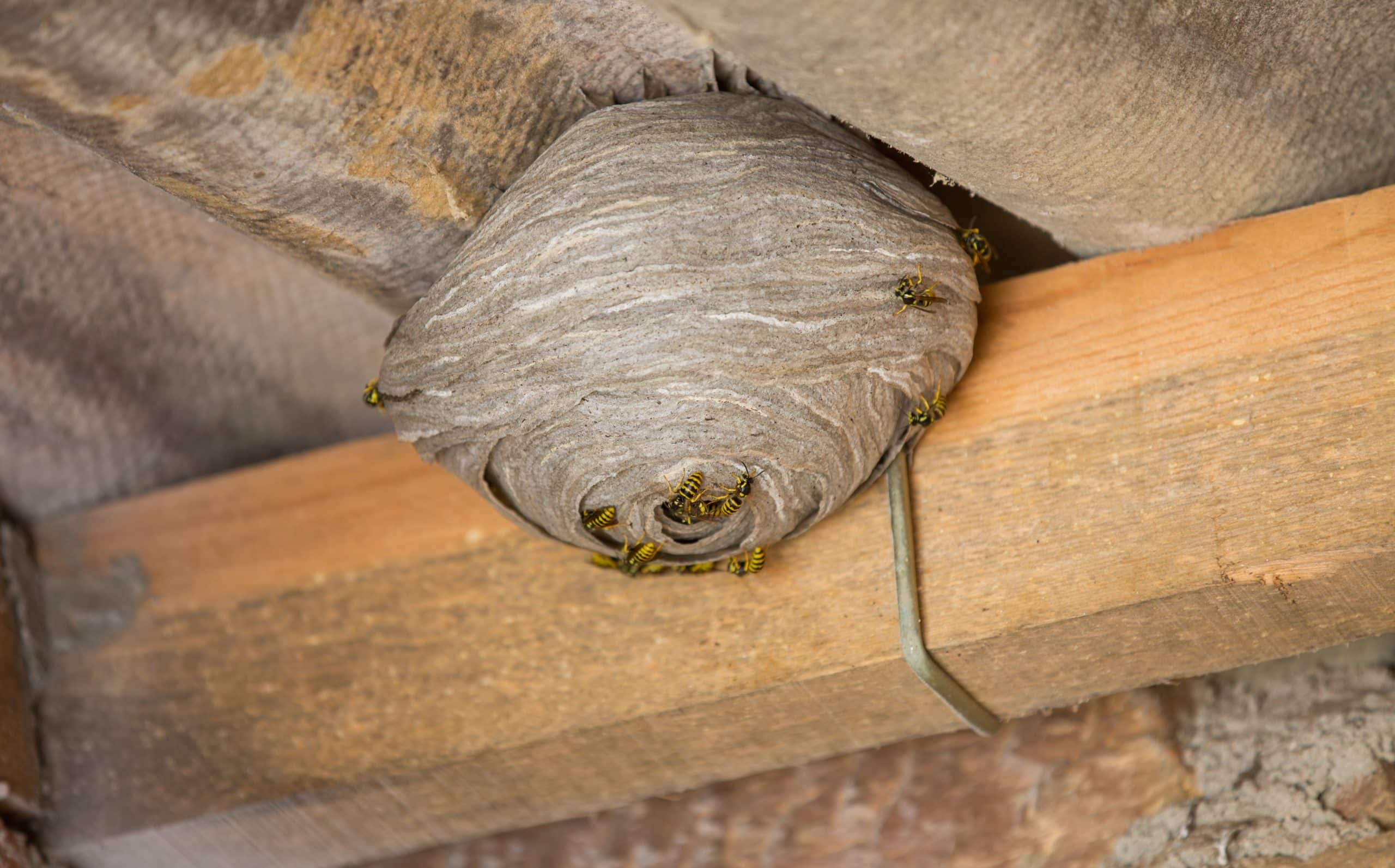
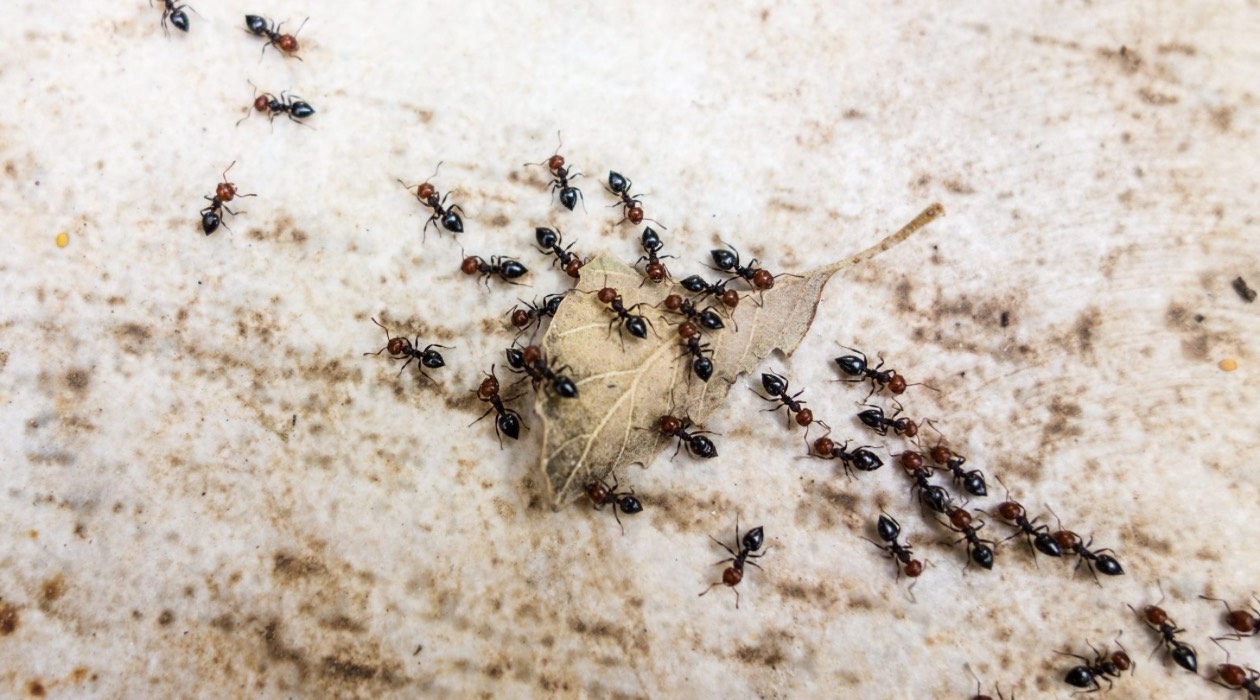
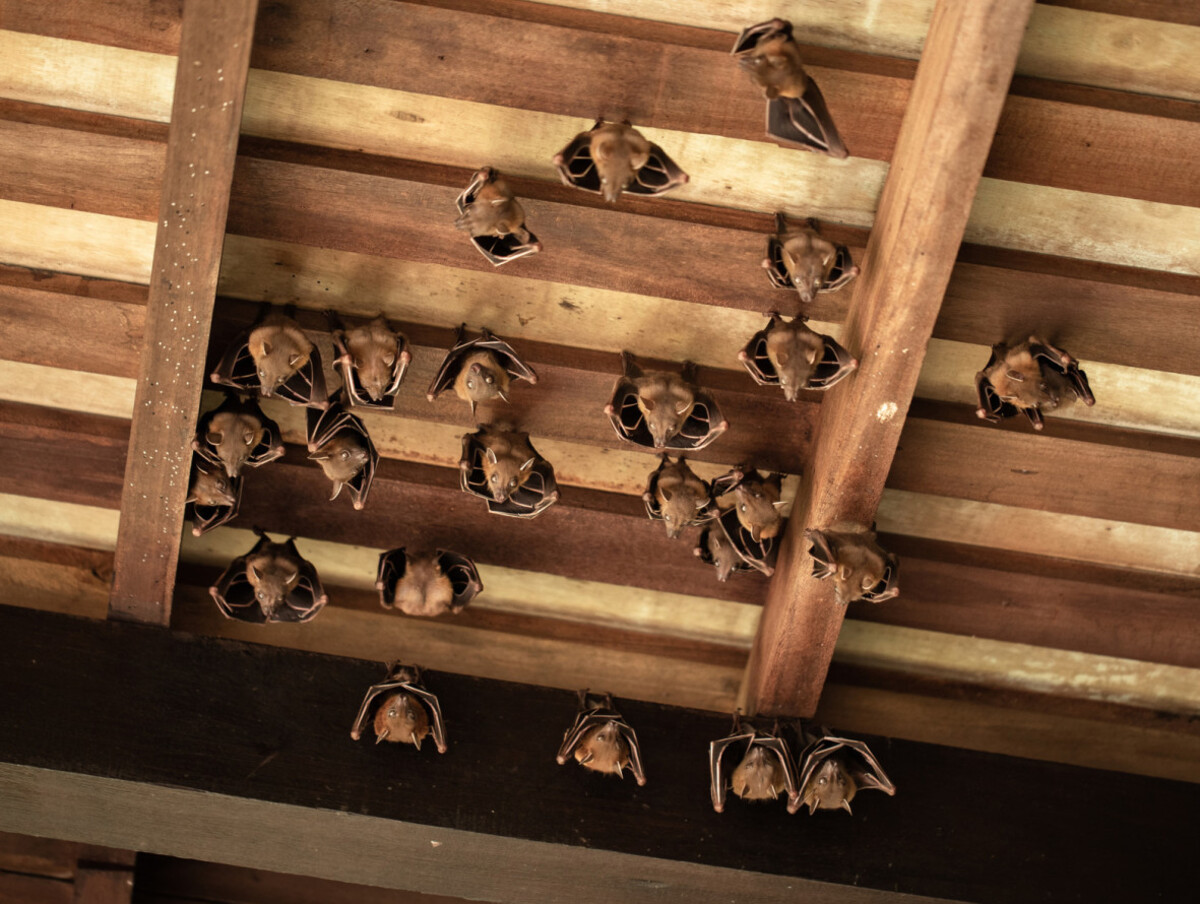
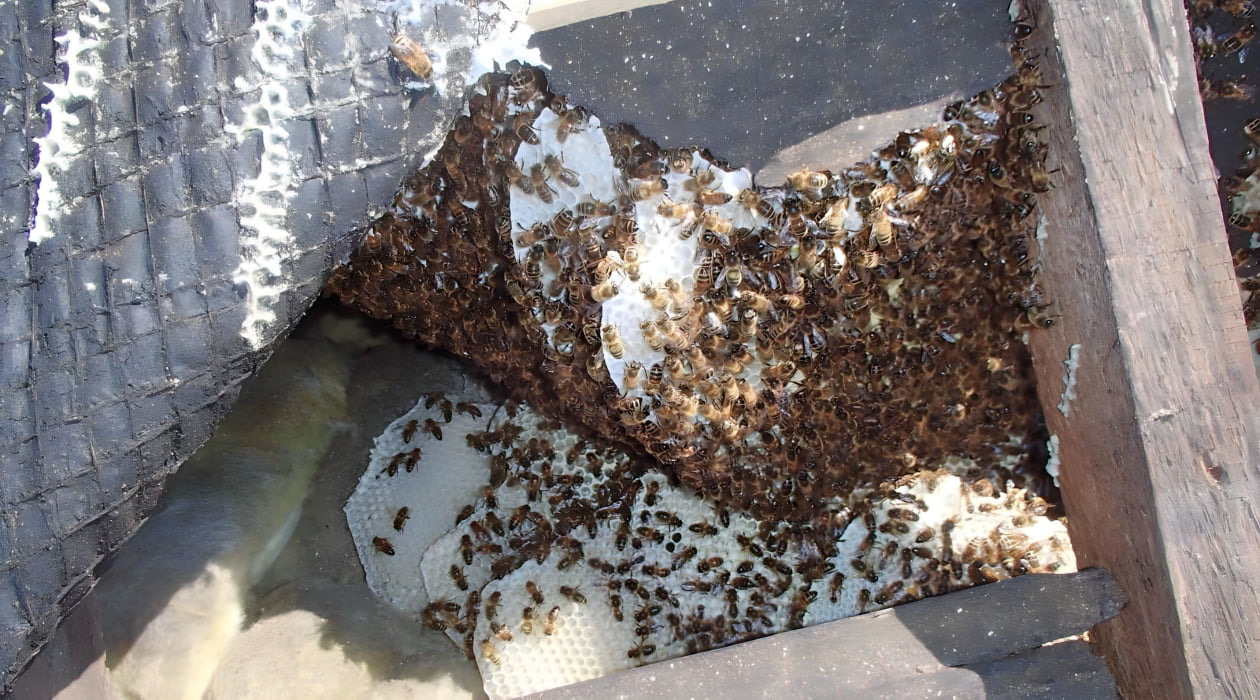

0 thoughts on “How Do You Get Rid Of Chipmunks In Your Attic”